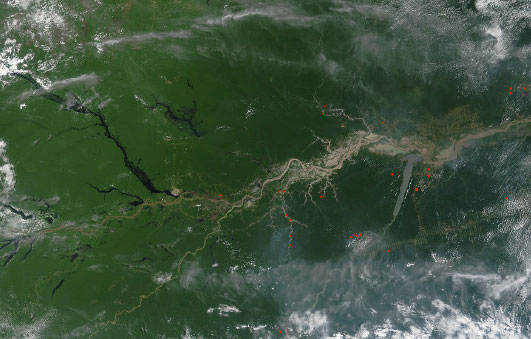A Wallace biography
1 A short biography of Alfred Russel Wallace
Alfred Russel Wallace was born in 1823 into a middle class family. He developed an interest in natural history as a young man, learned about plants and geology, and regularly visited London Zoo. He read widely including Lyell’s Principles of Geology, Humboldt’s Personal Narrative of Travels, Malthus’s Principles of Population, Darwin’s Journal of Researches, and the anonymously published Vestiges of the Natural History of Creation. In a letter at the time he wrote that ‘Many eminent writers support the theory of the progressive development of animals and plants.’
During a period in Wales when Wallace was ‘left a good deal to my own devices’, he made his first forays into natural history and ‘began to realize for the first time the system that underlay all the variety of nature.’:
“… what occupied me chiefly and became more and more the solace and delight of my lonely rambles among the moors and mountains, was my first introduction to the variety, the beauty, and the mystery of Nature as manifested in the vegetable kingdom.” (Wallace, 1908; p.102)
In 1848 Wallace visited the Amazon with his friend and associate Henry Walter Bates (who would spend 11 years on the Amazon and write about his adventures and discoveries in his book The Naturalist on the River Amazons). They were inspired to go there by the writings of Darwin and Humboldt, and by W.H. Edward’s book A Voyage up the River Amazon. In England they had both been involved in collecting (and classifying) beetles. Wallace planned to collect and sell specimens from the Amazon expedition. Birds, beetles and butterflies were in particular demand for wealthy people in England interested in building natural history collections and curiosity cabinets.Wallace also hoped to ‘take some one family to study thoroughly, principally with a view to the theory of the origin of species.’ (Wallace, 1908; p.144)
He spent four years in Amazonas (focussing on the middle Amazon and Rio Negro), but there was a disastrous end to the expedition when Wallace and his boatload of specimens (including his private collection of insects and birds, which ‘comprised hundreds of new and beautiful species’) were on a ship that caught fire and sunk. All Wallace managed to retain was several of his notebooks and some drawings, but he lost ‘a number of sketches, drawings, notes, and observations on natural history, besides the three most interesting years of my journal’.
Wallace (1908) My Life: A record of events and opinions
(New edition, revised and condensed into a single volume @ Wallace Online)
On page 164 of My Life, read what Wallace had managed to retain from his journeys in Amazonia starting with the paragraph that begins, ‘In the small tin box which I had saved from the wreck…’

Complete the activity to check your knowledge.
Media Attributions
- Aerial view of the Amazon River (Brazil) © NASA is licensed under a Public Domain license

